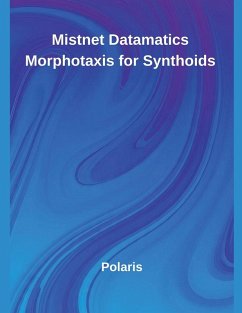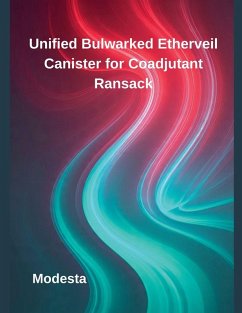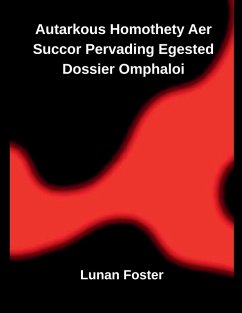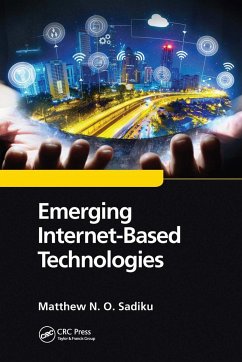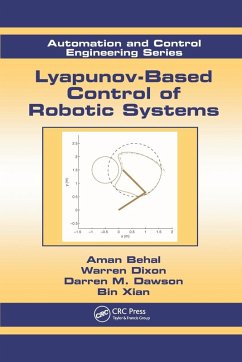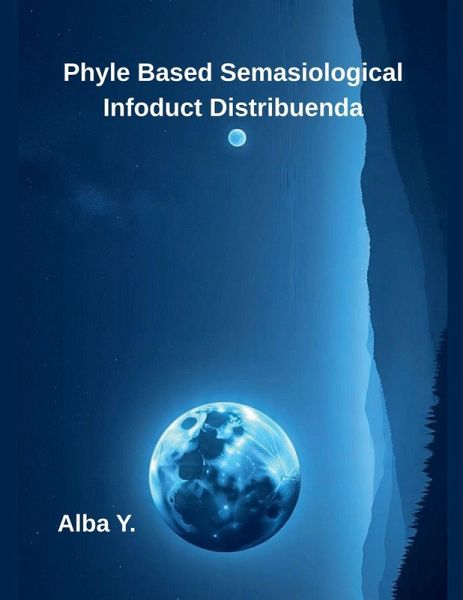
Phyle Based Semasiological Infoduct Distribuenda
Versandkostenfrei!
Versandfertig in 1-2 Wochen
29,99 €
inkl. MwSt.

PAYBACK Punkte
15 °P sammeln!
World Wide Web (WWW) is three decades old now and has freed up the process of information exchange among the people of the world. A huge amount of information can be created, accessed, or shared and can potentially be used by people to start their ventures. WWW has contributed to various aspects of our life that it seems difficult to imagine one's day without it. Although, there has been drastic improvement in accessing the digitally stored information but the underlying information can only be processed by the machines and presented to the user to understand it. The content written in natural...
World Wide Web (WWW) is three decades old now and has freed up the process of information exchange among the people of the world. A huge amount of information can be created, accessed, or shared and can potentially be used by people to start their ventures. WWW has contributed to various aspects of our life that it seems difficult to imagine one's day without it. Although, there has been drastic improvement in accessing the digitally stored information but the underlying information can only be processed by the machines and presented to the user to understand it. The content written in natural language over the web can only understand by human beings, and thus impose a challenge on the human capacity to process such vast information. The transition from the "machine-readable" to "machine-understandable" is the vision of the semantic web [1]. This would mark the beginning of a new era comprised of the Internet of Things, intelligent agents, blockchain, etc. This would surely be the beginning of a new era, in which there would be intelligent personal agents, and the concepts of bitcoin, blockchain, that will revolutionize the web. EVOLUTION OF WEB The evolution of the web can be reflected in the growth of connected information and connected people. The connected network and WWW had created vast learning and business opportunities for people around the world. On March 12, 1989, Tim Berners- Lee proposed sharing the information with multiple computers, and its first implementation represented "Web 1.0", known as "read-only web" [2]. In this phase, only the organizations created the information and present it over the web for the users to only access them and read them. There was very limited interaction from the user end.



